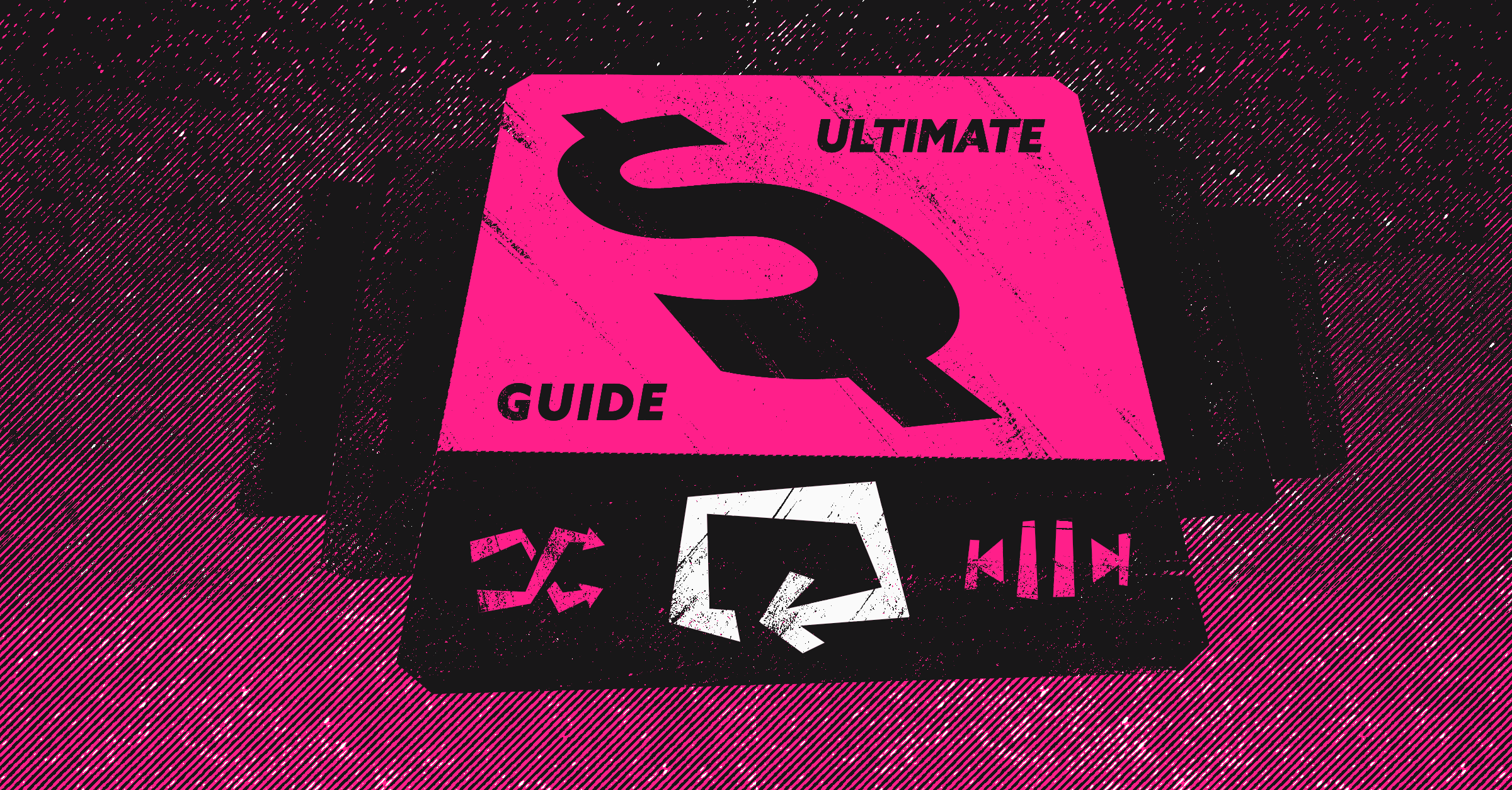
In sales, as in life, there are certain rules. You should listen more than you speak, you should sell the problem you solve (along with its solution), and you should never be afraid to ask the prospect for their business.
But there are also rules that don’t necessarily need to be obeyed.
These are usually informal rules that apply on a case by case basis, or antiquated rules that no longer matter in our fast-moving world, where new technology (like Dooly) can make old methods obsolete seemingly overnight.
For the sake of this article, we’ve decided to focus on traditional sales rules whose time has passed. While these might have once been the gold standard, they’ve now been relegated to the sales culture of yesteryear, replaced by a more transparent and customer-friendly approach.
If you hear someone preaching these seven traditional sales rules, just remember that it’s perfectly okay to break them.
1. You need to educate the buyer
Whereas once it was important to educate buyers on the intricacies of your product, these days, understanding the buyer and their problems is significantly more important, and you can get by without doing the former, but almost never without doing the latter. The internet has added transparency to the sales process that didn’t exist before, so by the time a prospect speaks to a salesperson, they usually already have a baseline of knowledge. Instead of offering your prospects a lesson, learn about what their problems are and offer the perfect solution.
2. You should sell ice to eskimos
Being able (and willing) to sell to anyone used to be a badge of honor. But these days, selling to everyone with a pulse is less important than successfully penetrating a specific market. With the exception of a few mass-market products such as cars, the internet has replaced the traditional sales rep’s role in many B2C transactions, leaving sales pros focused on B2B and other highly-specialized products. Of course, having the ability to sell is still important, but the days of the silver-tongued influencer who pitches anyone and everyone are quickly coming to a close.
3. Stick to the script
Some sales trainers and organizations swear by the power of the sales script. Memorize these key sentences and responses, and you’ll see your close rate go up, they say, usually while reading from a script themselves. But buyers today are too clever and too inundated by advertising messaging to be influenced by prescriptive language, and in many cases, they prefer authenticity over rote recitation, and earnestness over narration. It’s important to be yourself as long as you remain professional, and as long as you keep the conversation pointed in the right direction, you don’t need to read off a script to get the prospect on board.
4. Assume the sale
The “assumptive close” is designed for the salesperson to take charge, behaving as if the prospect has already agreed to continue with each step of the sales process, including the close. While it might be effective with certain personalities, in most cases, it’s more likely to turn the prospect off and ensure you never get a response. People don’t want to be manipulated or pushed into buying something, and assuming the sale removes their agency, something most humans crave in an increasingly complex and fast-paced world. The best approach is to listen to the prospect, and not to assume anything.
5. Real salespeople dress the part
The days of salespeople dressing in three-piece suits and pantsuits were drawing to a close long before the pandemic rendered a fancy wardrobe a moot point. As the culture changes, so do the expectations of customers and managers, and Silicon Valley ushered in the era of jeans and hoodies, costing some clothing retailers millions, but leaving salespeople free to feel comfortable in what they’re wearing. To be sure, some business transactions still require salespeople to dress to the nines, but for most of us, closing deals in a pair of khakis and a flannel is the new normal.
6. Wait to discuss price
For decades, sales trainers taught sales reps to steer the conversation away from price, encouraging a don’t ask, don’t tell approach to pricing discussions. While that approach might have worked in the past, it’s no longer clear that waiting or avoiding the price discussion benefits salespeople at all. In fact, many top sales leaders encourage sales reps to discuss price early, not only to weed out prospects who won’t qualify due to budget, but also as a way to get on the same page about expectations. So if you still believe that waiting to discuss the price is to your benefit, you might want to think twice, or at least consider the alternative.
7. Always be closing
David Mamet’s groundbreaking play, Glengarry Glen Ross, which was later made into a movie, has been a staple of sales culture for decades, with the famous “Always be closing” line delivered ad nauseum on sales floors across the globe. But the lessons of that famous scene are not ones that will help you close more business in this day and age, as an aggressive sales approach merely reinforces negative stereotypes about salespeople in the eyes of today’s hyper-conscious consumers. Of course, there’s nothing wrong with being tenacious and nothing wrong with consistent and regular follow-up. But if you think you can bully a prospect into buying from you when they usually have multiple, less-aggressive alternatives, then you might just be confusing the movies with real life.
Recover 5+ hours in selling time (and your sanity) with Dooly. Try Dooly free.
Join the thousands of top-performing AEs who use Dooly every day to stay more organized, instantly update their pipeline, and spend more time selling instead of mindless admin work. Try Dooly free, no credit card required. Or, Request a demo to speak with a Dooly product expert right now.


